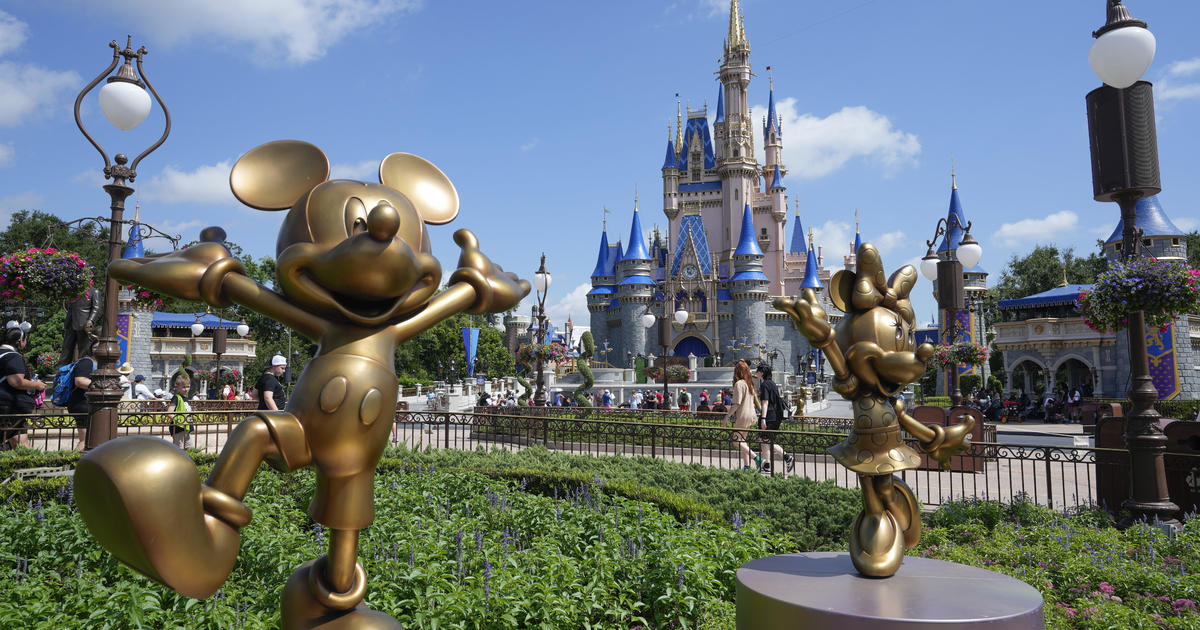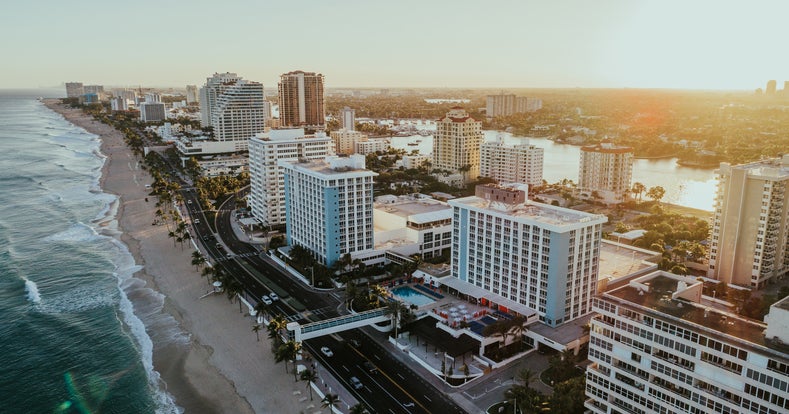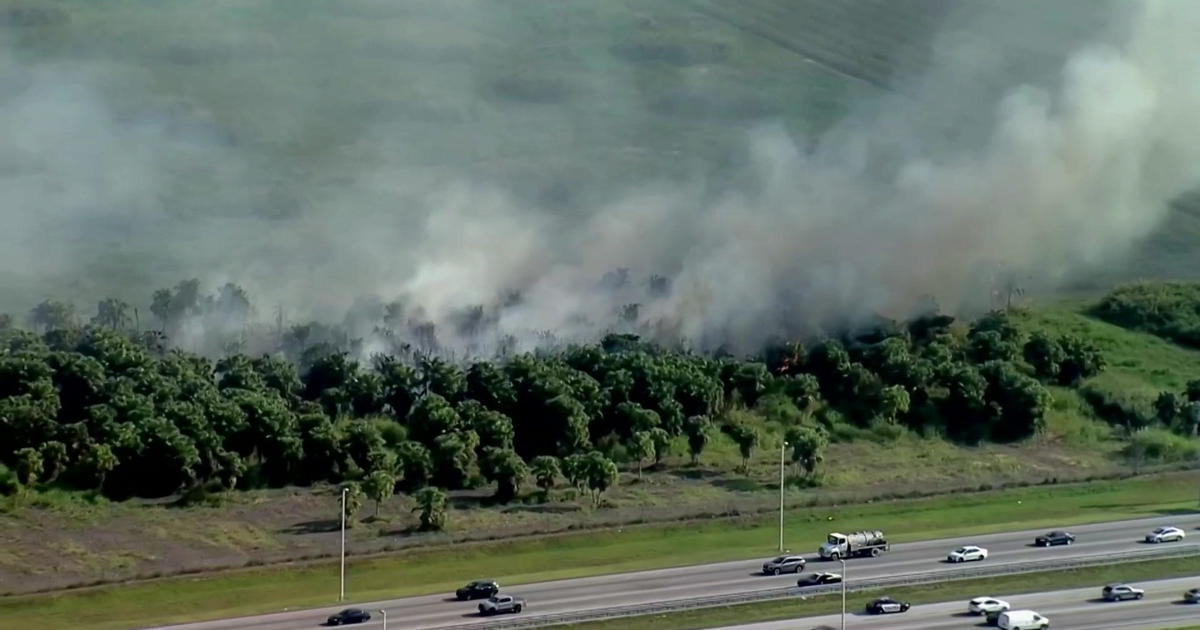Dangerous Airport Close Calls Rise
There's a growing crisis in the nation's airports, but it has nothing to do with security. Instead, it's your safety in the sky that's at stake. The CBS4 I-Team spent the past four months digging through records many people don't know exist and found there have been more close calls at local airports than passengers know.
A major incident hasn't occurred at a local airport since August 2006, when a COMAIR flight took off from the wrong runway killing 49 people. Almost half a dozen aviation experts who talked to the I-Team worry that crowded peak airline schedules, fewer and fewer air traffic controllers due to massive retirements and budget cuts are resulting in too many close calls between airplanes in the sky and on the ground.
An example of this happened on July 11, 2007 at Fort Lauderdale/Hollywood International Airport. One airport official said it was potentially one of the worst airline disasters in U.S. aviation history.
A United Airbus 320 missed a flashing stop sign to hold short of runway 1-3. The United flight rolled onto the runway and towards disaster. On the same runway, a Delta Boeing 757 began to touch down. The Delta pilots gunned the engines to back off, only missing the Airbus and disaster by 100 feet.
"Runway incursions represent the potential for catastrophic loss of life," said Fort Lauderdale/Hollywood International Airport Director of Operations Michael Nonnemacher. He continued, "I don't know if the public fully understands (how serious a problem it is) to the point where runway incursions are communicated (to the public.)"
The CBS4 I-Team discovered that despite public pronouncements to the contrary by the FAA, runway incursions and near misses are a growing problem across the country and at South Florida's two major airports, Fort Lauderdale/Hollywood and Miami International. A pilot, who requested to remain anonymous, with more than 8,000 hours flying for a major commercial aircraft said "If you do your research you'll see that many times it's a last minute catch by the pilot or a last minute catch by the controller who says, 'Whoa wait, wait, stop!!!'"
According to publicly released FAA numbers, Miami International and Fort Lauderdale already rank in the top 12 in the country in runway incursions in the last four years, with 13 and 11 respectively.
But, by digging through a database of 138,00 anonymous pilot reports nationwide collected by NASA, it was found there are an additional 110 instances of what pilots classified as close calls, near collisions and runway incursions at South Florida's two major airports since 2003.
Pilots reported things such as, "one aircraft….did not provide enough lateral spacing with another..," "overshot cleared altitude," "…a problem, ..with airspace divisions…" "…by the time I realized the words 'cleared for takeoff' were not in the transmission, we were accelerating down the runway…" These reports never made the FAA's public press releases.
The president of the local Air Traffic Controller's union, James Marinitti, said, "Miami is a major hub, it's one of the top ten facilities in the country. One of the top ten radar facilities in the country. There are times when there are close calls (here)."
The I-Team talked with retired Air Traffic Controller Duane Semcken who said, " I don't believe that the system is as safe as it was." In addition, he said, "You won't hear about them all (close call incidents). You never do."
The anonymous pilot was asked if the problem is getting worse and answered, "It's not getting better. With more and more aircraft and with airlines concentrating on operating during peak periods versus a spread out schedule….then there's going to be more…the likelihood (of an accident) is increased."
Air traffic controllers told the I-Team the problem stems from money, or lack of it. The controllers, both retired and currently working, say the FAA's unwillingness to spend more money to hire more controllers, train new ones, and buy new technology to reduce near misses all contribute to the unsafe conditions.
James Marinitti, an air traffic controller, said the situation doesn't have to be this way. "There are certain systems…that should mitigate most of the runway incursions that we have right now. (For instance one such system) is a ground based radar." He added, "Fort Lauderdale has nothing right now. Miami has a system that's…doesn't work in the rain. The times you need it (the system) the most, that's when it doesn't work."
In February, Congress' watchdog agency, the General Accounting Office, released a report that mirrored what the I-Team found. The GAO called on the FAA to increase spending, hire and train more air traffic controllers and work harder and faster to install new technology to stop a disaster before it happens.
As for the South Florida airports, they are trying several things to fix the problem. Among the improvements are changes to the physical runways at both Fort Lauderdale International and Miami International. Specifically, Fort Lauderdale has changed the layouts, lighting and markings of runways. For its effort, Fort Lauderdale International was honored by the FAA with a Safety Award for the airport's work to improve the runways and reduce close calls.
Miami International officially wouldn't go on camera to talk about improvements there. But, the I-Team found that Miami International also changed paintings and markings on the taxiways and runways to improve pilots' recognition of the layout of the airport.
The FAA declined to go on-camera to discuss the problem.
(© MMX, CBS Broadcasting Inc. All Rights Reserved.)



